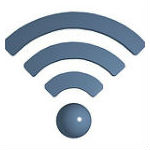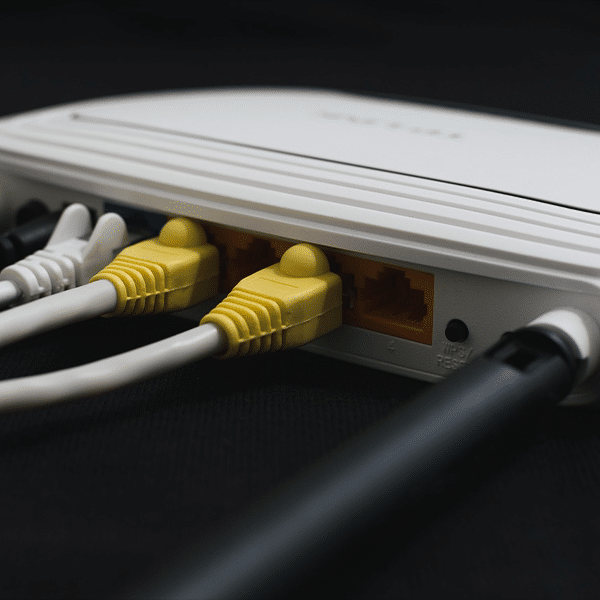 The FCC today adopted a report and order that will free up spectrum in the 3550-3700 MHz band that could be used by wireless network operators for mobile broadband service on a shared basis with incumbent military users. Spectrum also will be available for unlicensed use where it is not used by higher-priority users.
The FCC today adopted a report and order that will free up spectrum in the 3550-3700 MHz band that could be used by wireless network operators for mobile broadband service on a shared basis with incumbent military users. Spectrum also will be available for unlicensed use where it is not used by higher-priority users.
FCC officials outlined key points of the order for reporters several weeks ago, but some new details, including details about auction plans, emerged at today’s FCC meeting where the order was adopted. In another new development, FCC Chairman Wheeler said at today’s meeting that within 30 days the commission will issue a public notice to explore the impact that licensed assisted access (LAA), also known as unlicensed LTE (LTE-U), is likely to have on the 3550-3700 band and other spectrum bands.
Shared-Use Spectrum
The order adopted today frees up 100 MHz of spectrum between 3550 and 3650 MHz, which will be added to 50 MHz of spectrum already available for commercial use in that band.
According to the order, mobile network operators will have the opportunity to bid on what the FCC is calling priority access licensed spectrum (PALS) licenses. The spectrum is expected to be used for small cells — and auction plans appear tailored for that use as licenses will be awarded in 10 MHz bands in single census tracts. Auctions will be held for any tracts for which at least two entities express an interest in bidding.
There will be limits on how many licenses an individual entity can have in a tract, and in a departure from tradition, licenses will be good for only three years.
Licensees will have to give priority to the U.S. military, which will continue to use some of the spectrum along coastlines and in and around military bases. According to previously outlined plans, those areas initially will be considered exclusion zones but licensed and unlicensed users eventually will be able to operate in those areas when the spectrum is not in use by the military, with a database keeping tabs on where the spectrum is not in use. Using the same technology, unlicensed users will be able to use spectrum anywhere that it is not in use by the military or by licensees.
LTE-U
Several FCC commissioners expressed concern about certain aspects of the order adopted today.
Commissioner Michael O’Rielly questioned whether network operators would be interested in bidding on a license that they would only be able to hold for three years. He also argued that if only a single entity wants to bid on spectrum in an area, there should be a way for that entity to obtain a license.
Commissioner Mignon Clyburn argued that interoperability between mobile operators using 3550-3700 MHz spectrum will be critical. She said she would have liked to see the order address concerns raised by some stakeholders who claimed that LAA technology that some network operators want to use in the 3550-3700 MHz band does not conform to standards and that there could be issues with regard to the technology’s ability to co-exist with Wi-Fi.
The order includes a further notice of proposed rulemaking but the FNPRM does not address this issue, Clyburn said.
Instead, officials said the FNPRM seeks input on protection criteria, on appropriate secondary market rules and on how to define whether spectrum is in use by PALS licensees.


